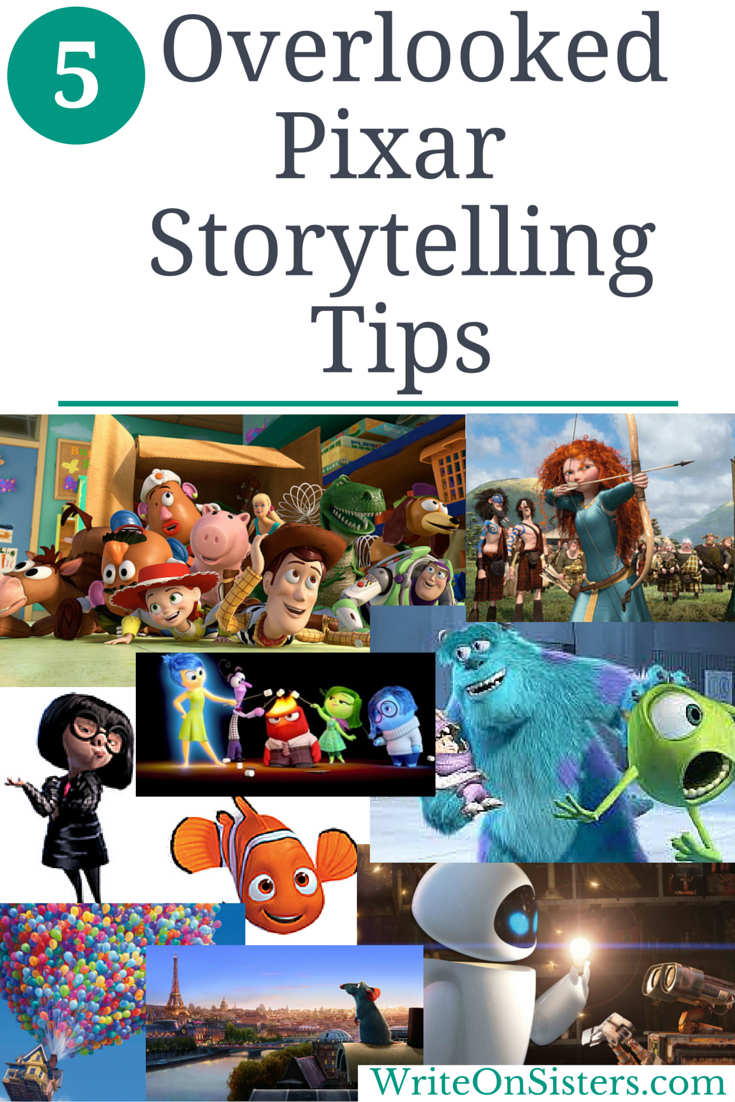

This keeps your story focused so you are easier to understand. Antoine de Saint-ExuperyĪ good example is to focus on what you are doing now, not all the things you want to do.

“Perfection is achieved, not when there is nothing more to add, but when there is nothing left to take away”. When you have written your deck, go over it like a word Nazi and remove everything you don’t really need. If investors want to know more share some more when they ask. If you have 10 points to make, write the 3 most important ones. Once you have their attention you can share more. Great pitches say just enough to captivate the attention of investors. I would write dense 40-page decks that no one would really want to read. I thought I had ‘ one shot‘ to write everything about my startup and if it wasn’t on paper it didn’t count. When I was younger, I like you, had no fricking clue what I was doing when I was writing pitch decks. You’ll feel like you’re losing valuable stuff but it sets you free. You are battling against the odds (0.00067% chance of an exit), facing competitors, and with your back against the wall as you aren’t profitable you have yourself the makings of fab story. You are the lead character of your story. Put another way, if you share with investors the stupid things you did, they’re happy you aren’t going to learn those mistakes with their money now! It helps them relate to your struggles and marvel at your resilience. Weave how you have overcome adversity to get to where you are today. Share what you have learned from how you have failed. VCs know this as either they were a founder themselves and so they get it, or they have a load of portfolio companies that are ‘sidewards deals.’ You are not going to be the only startup in the world that has pivoted or made an almost grave error. Everyone does and will continue to do stupid things. All startups start out as the underdog seeking to battle Goliath. Investors want you, the protagonist, to win (well, if they invest anyway). You admire a character for trying more than for their successes. A storytelling pitch exercise improv artists use which can help you raise. I’ve written a detailed blog on just this topic, so I’m not going to rehash it here. When you pitch investors set up the scene, explain what’s changed and how the world will never be the same after you have had your merry way with it. Stuff happens to make that all interesting The outline here is the same as every story, there is a beginning, middle and an end. “Maybe stories are just data with a soul.” Brene Brown Obviously, you aren’t going to say ‘once upon a time’ but you get the picture. This is an exercise you can use to structure your story. Great pitches tell a story that engages with the audience. They want to know why you started the company, that there is a big market yada yada. Say what you think investors want to hear (Figuratively speaking).

So don’t write what you think is interesting in your deck, and don’t pitch what you think is interesting in a meeting. You aren’t trying to get them to buy your product, they want to buy into your company and it’s prospects. When you are pitching an investor you need to think about this audience specifically. Each audience is buying something different though and so they need to hear what they want to hear. The only commonality here is that you are selling to get something you want. You pitch to companies to close sales, you do business partnerships, and you pitch to hire staff. You pitch people all the time in startup land. No crap Sherlock! But so many founders don’t think and communicate in commercial terms. They want to hear things investors want to hear. Key tips on storytelling You gotta keep in mind what’s interesting to you as an audience, not what’s fun to do as a writer. I’ll explain some tips in startup terms when pitching investors. Details on the 22 tips- check out the ebook. If you want to really dig into these tips (more from the perspective of filmmaking), then some other Pixar dude wrote an ebook that you should check out.

#Pixar storywriting tips trial#
She said that the Tweets were “ a mix of things learned from directors & coworkers at Pixar, listening to writers & directors talk about their craft, and via trial and error in the making of my own films.” In 2011 a Pixar person called Emma Coats, tweeted 22 storytelling aphorisms that were then compiled into a list and circulated as “ Pixar’s 22 Rules Of Storytelling”. Telling stories is not the simplest thing for most people, unless you grew up in a pub in Ireland etc.
#Pixar storywriting tips how to#
Tl dr: Tips from Pixar on how to tell a story better and applied to startups so you can pitch more effectively to get the investment you needĪs I frequently write on this blog, you need to tell a story when you are pitching, and that’s not just for money from investors.


 0 kommentar(er)
0 kommentar(er)
